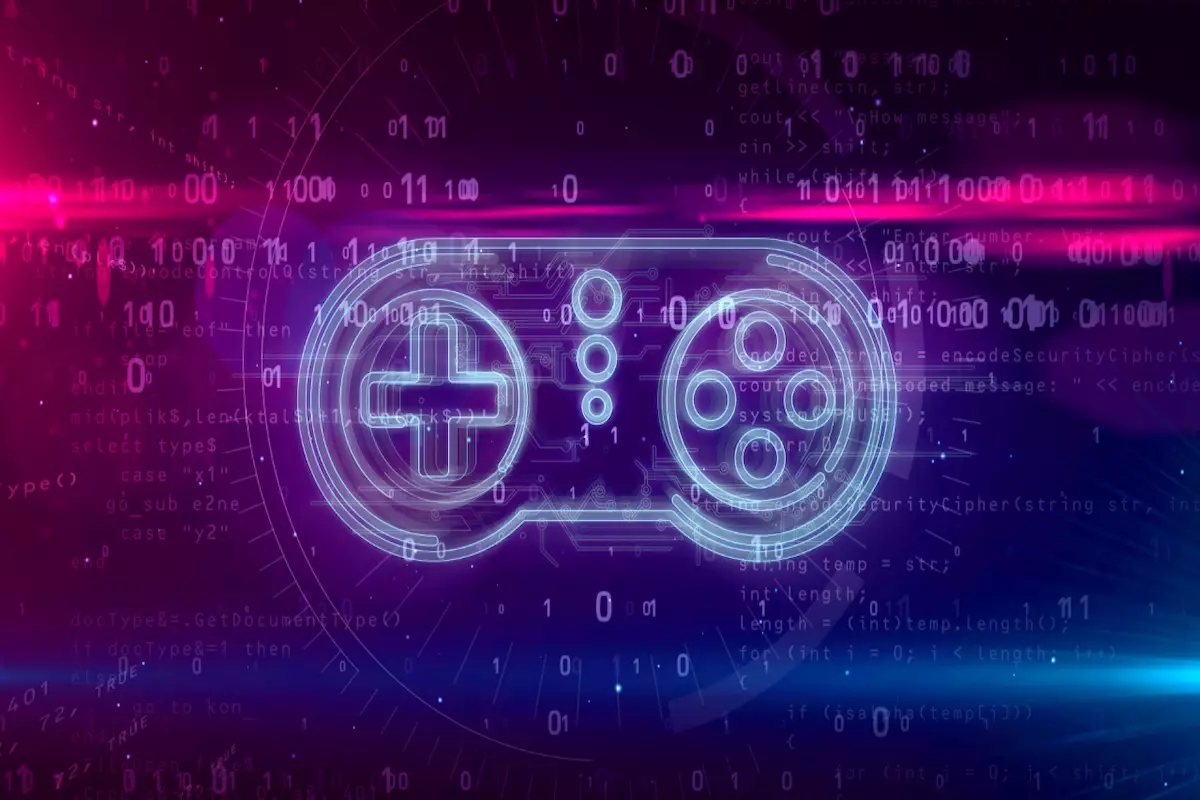The gaming industry is undergoing a profound transformation with the emergence of Play-to-Earn (P2E) models. Unlike traditional gaming paradigms where players invest time and money without tangible rewards, P2E allows players to translate their in-game activities into real-world value. This revolutionary concept not only enhances player engagement but also introduces a new economic layer to digital gaming, where players can earn, trade, and leverage their in-game assets for financial gain.
Before embarking on the development of a P2E game, it is critical to identify and comprehend your target audience. Who are the players you want to attract? Understanding their preferences, gaming habits, and challenges is paramount. Conduct market research to analyze current trends, player demographics, and competitive landscapes. This knowledge enables designers to create gameplay that resonates with users, fostering both enjoyment and incentivization. Remember, a game that strikes the right balance between engaging mechanics and earning potential will not only keep players invested but also encourage word-of-mouth promotion within their communities.
The design of a P2E game necessitates a unique approach that interlaces entertainment and financial incentives. Developers must create dynamic gameplay that captivates players while embedding Earning mechanics effectively. This dual-focused strategy enhances overall player satisfaction, thus encouraging ongoing participation. It’s essential to iteratively develop playable prototypes, testing various gameplay features to strike a perfect balance between enjoyment and reward systems.
A critical choice in developing P2E games is selecting an appropriate blockchain. This decision has far-reaching implications regarding scalability, speed, security, and environmental impact. Developers should explore energy-efficient blockchains that do not compromise on performance to ensure a seamless gaming experience even as the user base expands. Implementing smart contracts is vital; they manage game transactions transparently and securely, fostering trust and reliability within the player community.
Tokenomics—the economic structure surrounding in-game currencies and assets—plays a pivotal role in the sustainability of P2E games. A well-designed token model is essential to prevent inflation and maintain the value of in-game items. Developers can consider strategies such as token burns and staking incentives to stabilize the economy and enhance player participation. Distinguishing between in-game currencies and governance tokens through a dual-token model is another viable strategy that can lead to better long-term financial health for the game environment.
As the gaming and crypto worlds converge, understanding regional regulations on cryptocurrencies and NFTs is pivotal. Compliance with gaming and financial laws is not merely a best practice; it is essential for ensuring the longevity of a P2E title. Moreover, addressing issues such as gambling and player protection is fundamental in establishing trust within the gaming community. Transparent regulations pave the way for smoother interactions and foster a safe environment for players exploring blockchain technologies.
Building a robust community around your P2E game cannot be overstated. Engaging with players through forums, social media, and in-game events cultivates loyalty and provides invaluable feedback for developers. Offering educational resources helps new users acclimate to blockchain gaming, further enhancing community interaction. Consider employing loyalty programs or exclusive in-game rewards to stimulate community growth and involvement.
Continuous Improvement and Adaptation
The journey doesn’t end with the game’s launch. Continuous updates, fresh content, and player engagement initiatives are required to keep the gaming environment lively and attractive. Closely monitor user engagement and the in-game economy, making timely adjustments based on feedback and data analytics. Embracing emerging technologies such as augmented reality (AR) can inject new life and novel experiences into your P2E offering, keeping it relevant amidst shifting player demographics and preferences.
The world of P2E game development is fraught with challenges ranging from technical hurdles to regulatory concerns. Yet, it is also ripe with unprecedented opportunities. By understanding key mechanics, integrating blockchain technology astutely, and focusing on player experience, developers can forge ahead in this evolving landscape. The future is bright for P2E games as players increasingly embrace blockchain innovations. Those who dare to innovate and address challenges head-on will not only emerge as leaders in this space but also create lasting impacts on the gaming industry as a whole.

